Galleta Meadows Sky ArtRicardo Breceda for Dennis S. Avery (1940-2012)
Extant
Borrego Springs Road, Borrego Springs, California, 92004, United States
The sculptures are easily visible along the highway leading from Borrego Springs to the visitor center at Anza-Borrego Desert State Park, but it is also possible to walk between and among the sculptures, as the Galleta Meadows site is open to the public (this is rattlesnake country, however, so wear heavy shoes or boots).
About the Artist/Site
Self-taught sculptor Ricardo Breceda, who was born in Durango, Mexico and immigrated to the United States, made a 30-foot-tall reproduction of a Tyrannosaurus Rex for his daughter in his studio near Interstate 215 in Perris, California, as she had been enthused about dinosaurs since the release of the Jurassic Park movies. This behemoth, along with other large animals, including giraffes, was regularly seen by multimillionaire industrialist and philanthropist Dennis Avery (son of the founder of Avery Dennison, the office label company) as he drove back and forth to the University of Redlands, where two of his children were enrolled. Finally, one day Avery stopped, and found that Breceda’s shop—named Perris Jurassic Park—was a hobby and a labor of love by this then under-employed carpenter and welder who, due to a back injury sustained in a fall in 1995 and no longer able to work in construction, had decided to follow his vision of creating dinosaurs.
Coincidentally, Avery was also interested in dinosaurs, and in the record of the animals who had roamed this section of southern California during the Pliocene Epoch, when the area was a riparian forest. In fact, having met neighbor George Jefferson, a paleontologist who had worked at the Page Museum/La Brea Tar Pits in Los Angeles and who was now overseeing paleontological resources for all the parks in southeastern California, with the intent of ultimately writing a book about the fossil record of the area, Avery decided to underwrite Jefferson’s tome: the 400-page Fossil Treasures of the Anza-Borrego Desert was published in 2006. The book included numerous illustrations by various artists interpreting the discoveries of bones and fossils that represent the range of animal life that had once lived in this area. Anza-Borrego has one of the richest fossil records in North America, with numerous striations of deposits dating back 7 million years.
It was not a great leap, therefore, when confronted with this sculptor whose dream was to create dinosaurs, for Avery to decide to commission Breceda to create a series of welded steel sculptures that could be installed on his undeveloped property in the Anza-Borrego desert. Breceda’s early efforts had not been particularly life-like: “they were all squared off…they looked like refrigerators.” But he taught himself to construct internal frames for the sculptures, covering the frames with sheet metal skins that he welded together and pounded into place; this allowed for the expression of much more sophisticated forms.
Beginning in 2008, Breceda began to fabricate numerous monumental animals for Avery’s property. Working off the images in Jefferson’s book—which does not, in fact, include dinosaurs, as none of their fossils have yet been found in the Anza-Borrego area—among those animals he built are early elephant-like forms, giant sloths, tortoises, wild horses, sabertooth cats, mammoths, a giant bird with a 30-foot wingspan, and a 350-foot-long serpent whose undulating body is partially buried in the desert lands. (Ultimately, dinosaur-type creatures were installed to appeal not only to Breceda’s interests but to those of the many children who visit the site.) The creatures were built out of scrap steel, and, left to continue rusting in the desert, their surfaces appear surprisingly like natural hide, although the accuracy of their depictions is somewhat questionable, since the fossilized and bone records do not include evidence of soft tissue parts. In general, however, paleontologists believe that they are relatively realistic.
Breceda welded the pieces in his Perris studio and then transported them by truck to the Galleta Meadows site. He has had to employ additional workers to help him fabricate and move the sculptures. Avery had purchased the property in the early 1990s, persuaded, in part, by those who wanted the open space of the desert lands preserved. (He ultimately bought three square miles of noncontiguous parcels.) Avery’s desire was to have all of the freestanding sculptures displayed without explanatory labels or signs, so that visitors could experience them—at full scale—in a more natural way. Although various accounts had the ultimate goal of 65 or 100 different sculptures, Avery insisted that there was “no master plan,” and by the time of his death in July 2012 more than 74 groupings with 130 figures had already been installed. It is unlikely that further works will now be added.
Response from the locals has been overwhelmingly positive. The sculptures are easily visible along the highway leading from Borrego Springs to the visitor center at Anza-Borrego Desert State Park, but it is also possible to walk between and among the sculptures, as the Galleta Meadows site is open to the public (this is rattlesnake country, however, so wear heavy shoes or boots).
~Jo Farb Hernández, 2014
Contributors
Map & Site Information
Borrego Springs Road
Borrego Springs, California, 92004
us
Latitude/Longitude: 33.2111686 / -116.334195
Nearby Environments



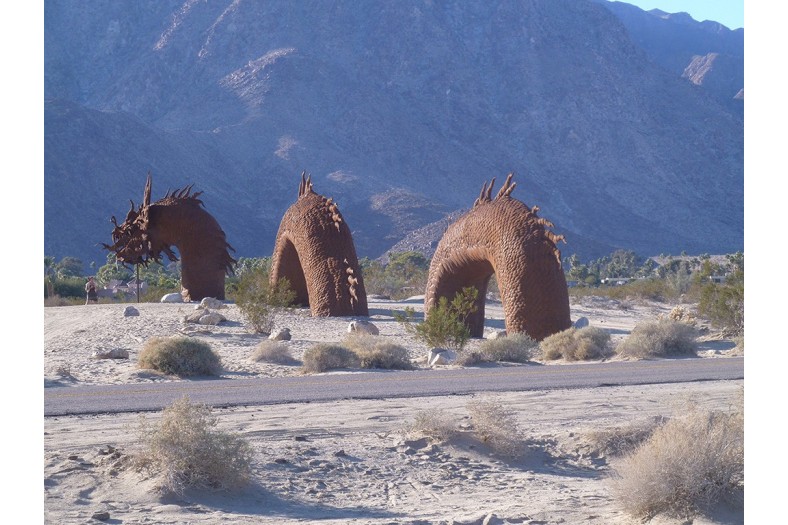
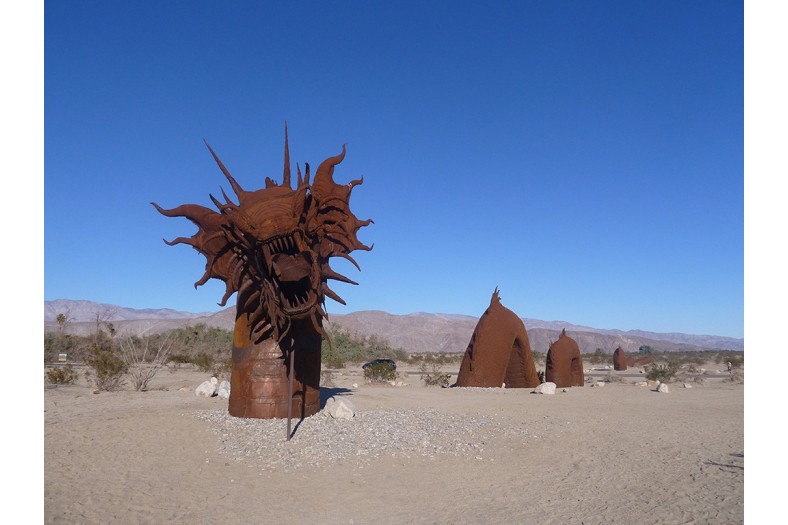
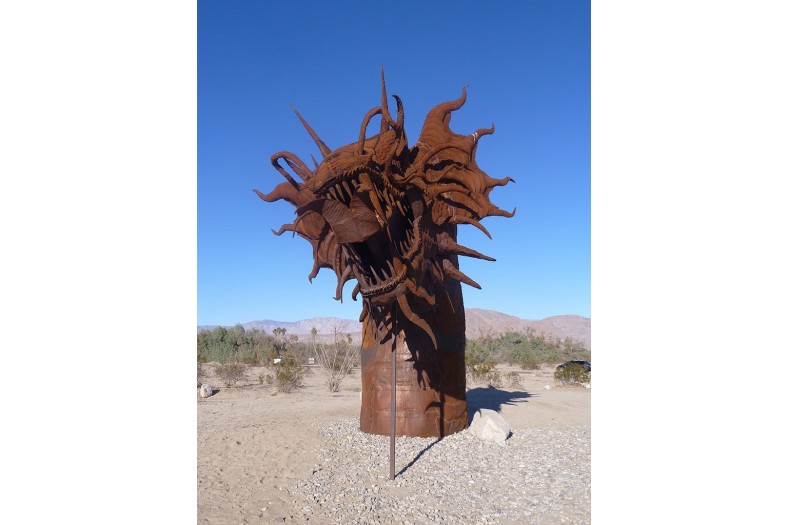
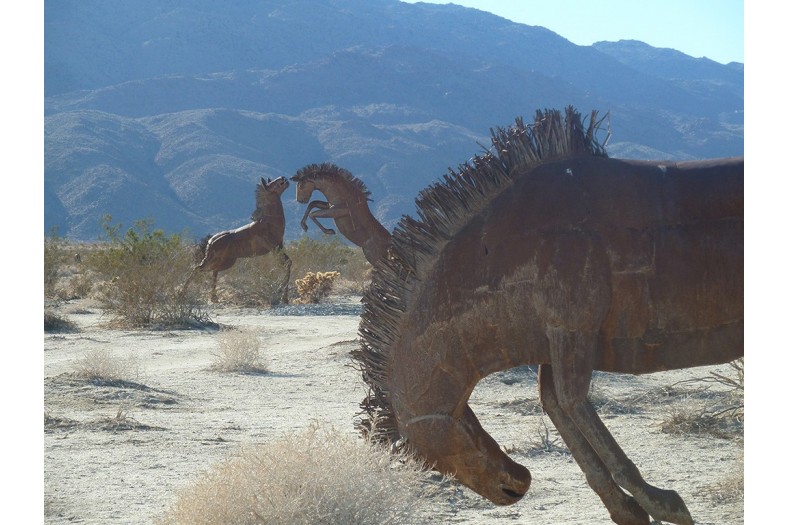
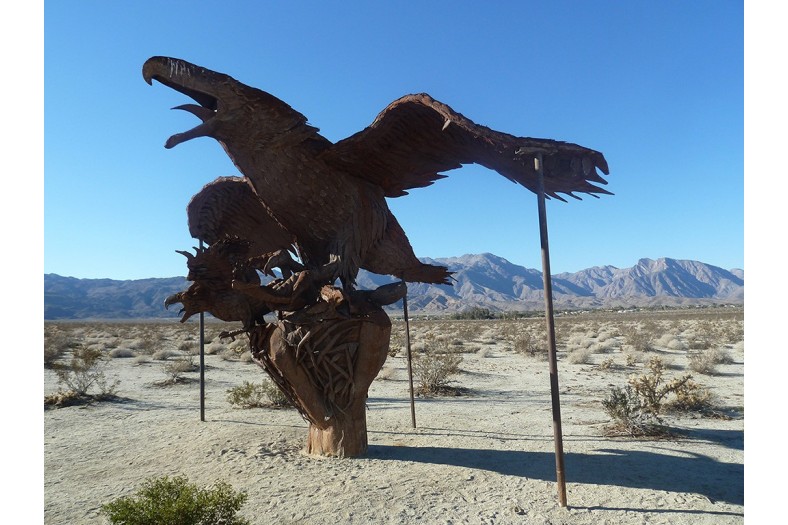
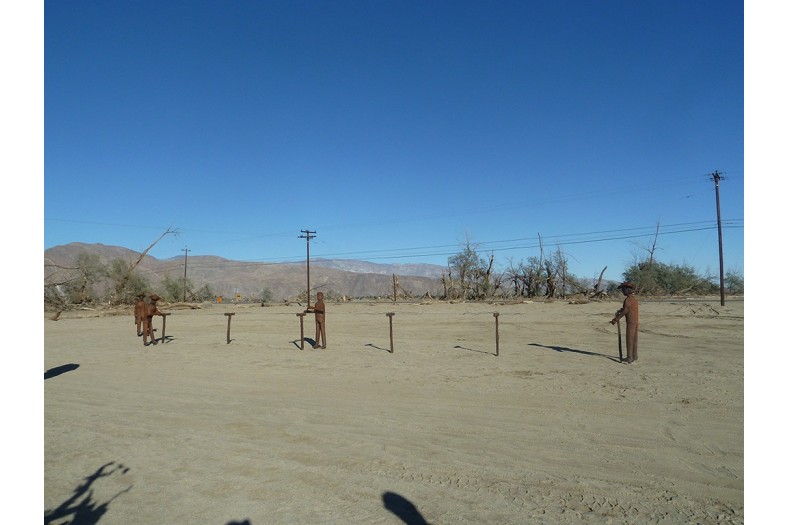
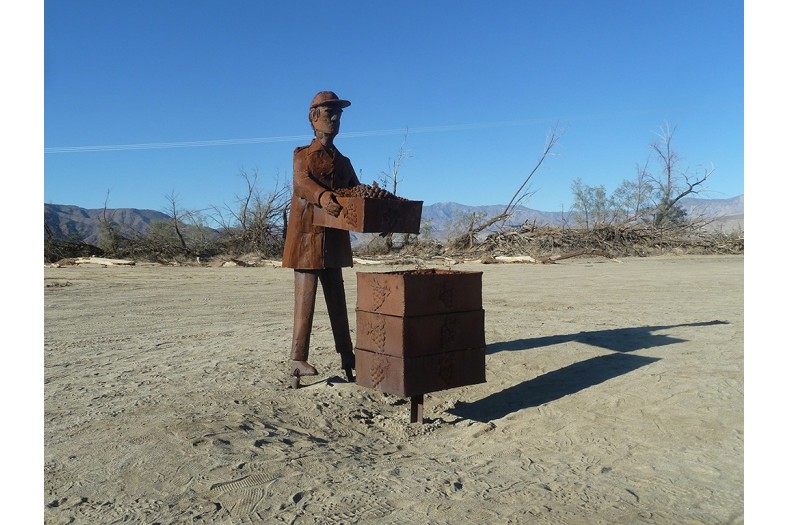

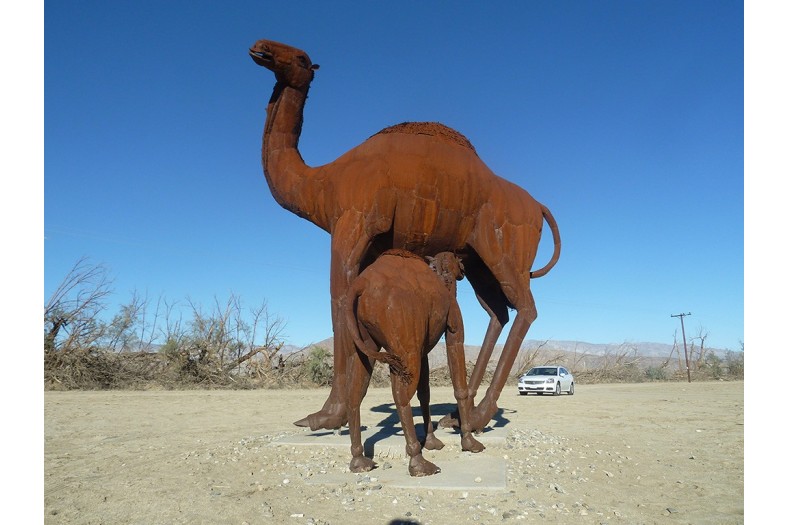

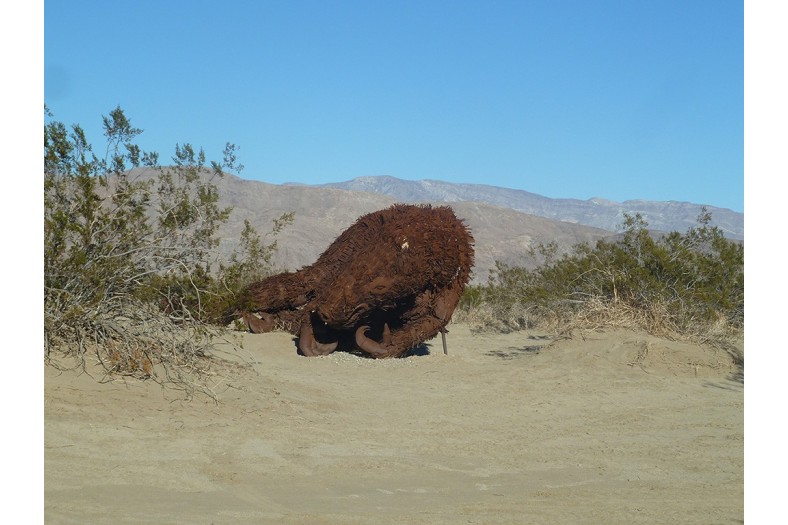
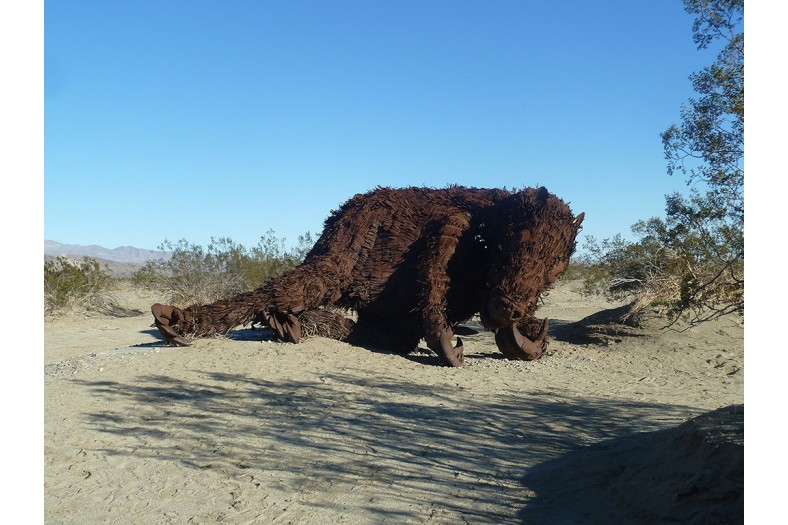
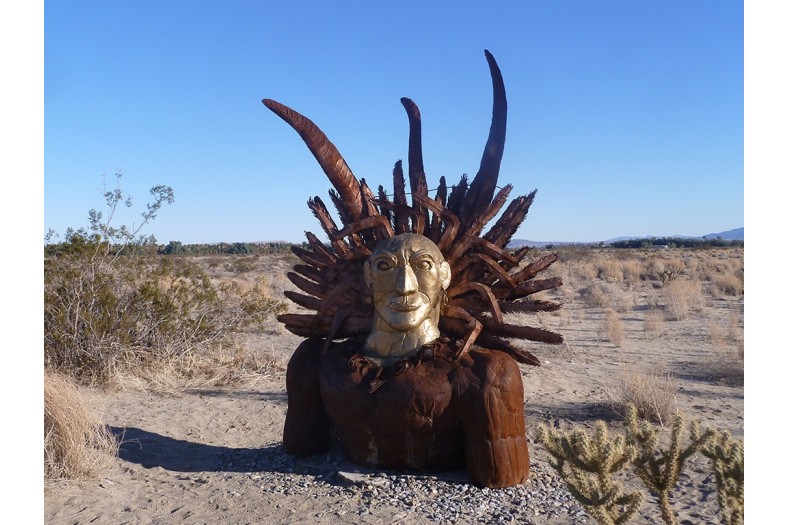
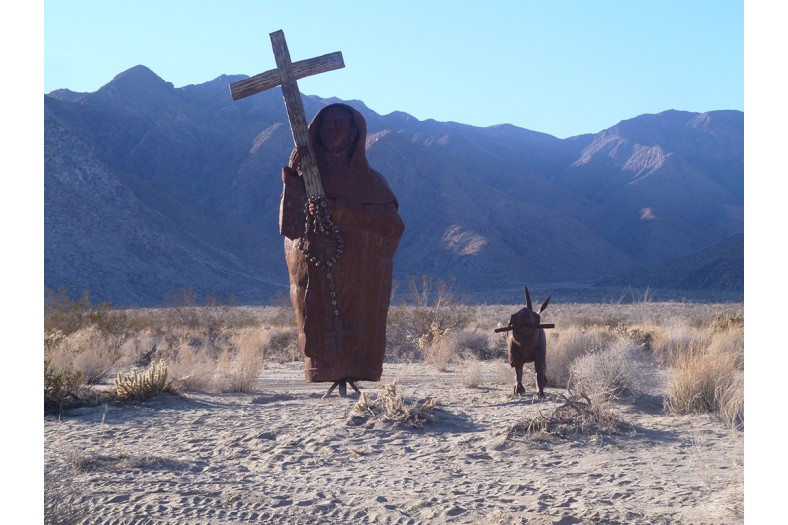
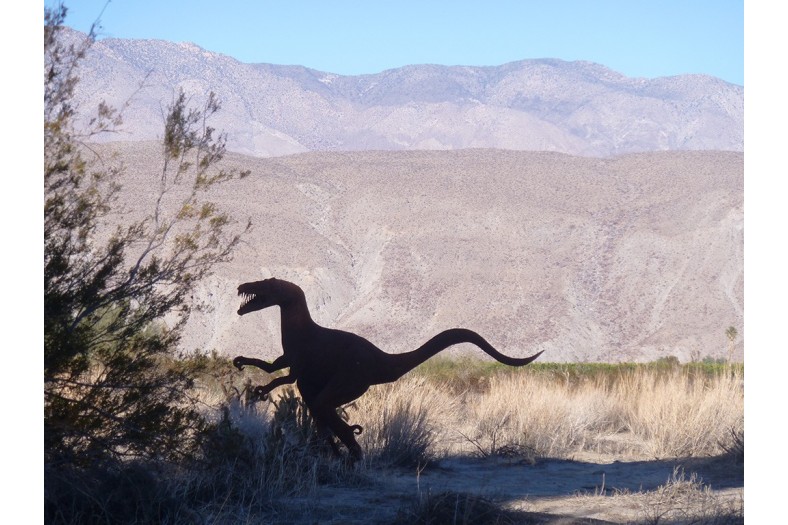
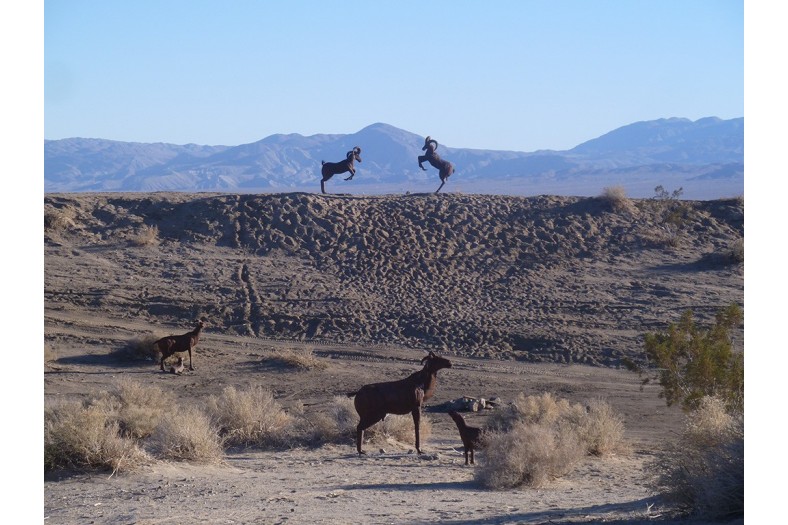
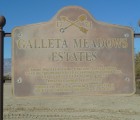
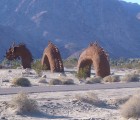
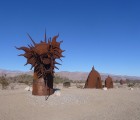
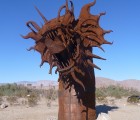

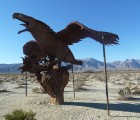


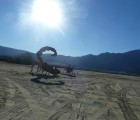
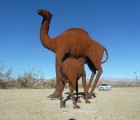

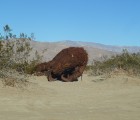
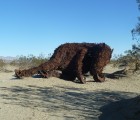
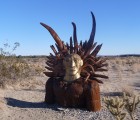
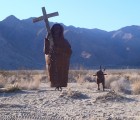
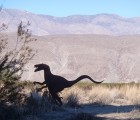
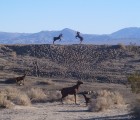
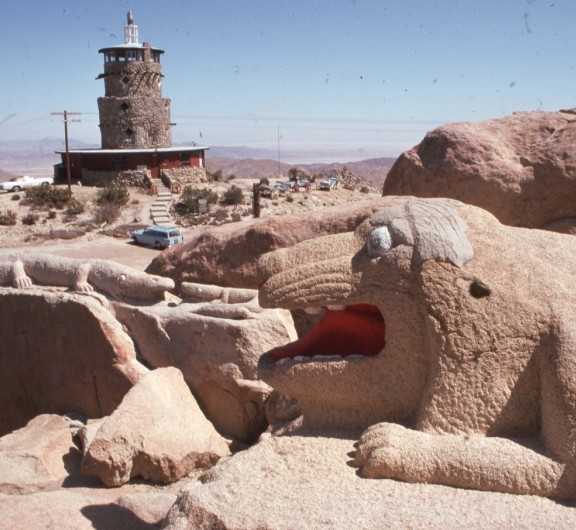
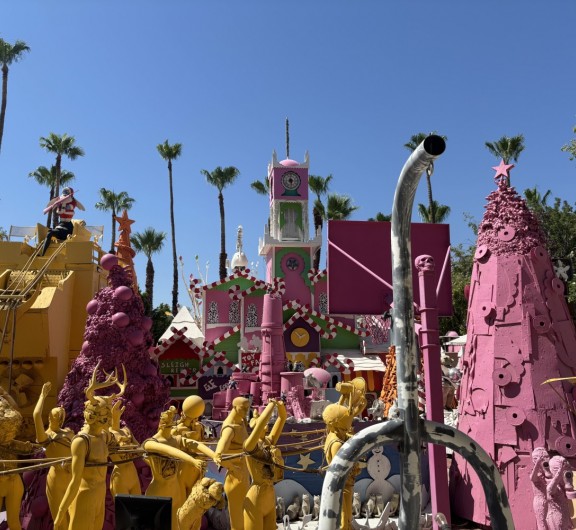
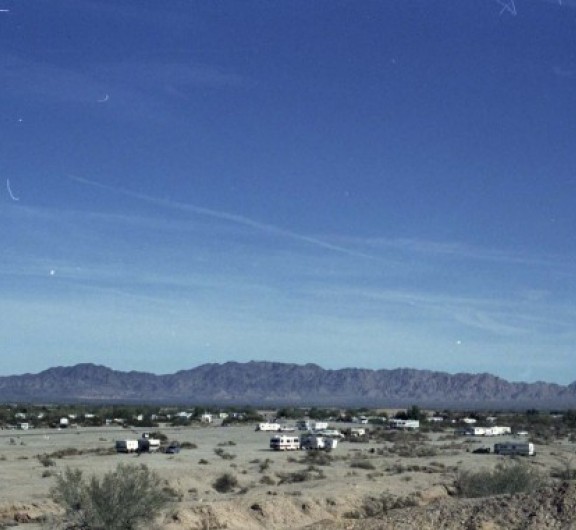
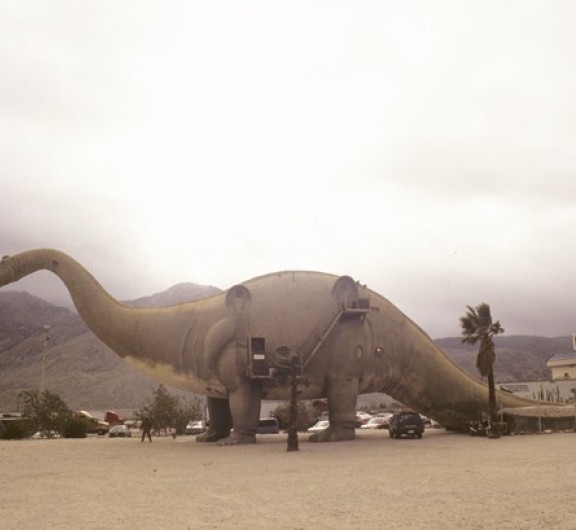

Post your comment
Comments
No one has commented on this page yet.